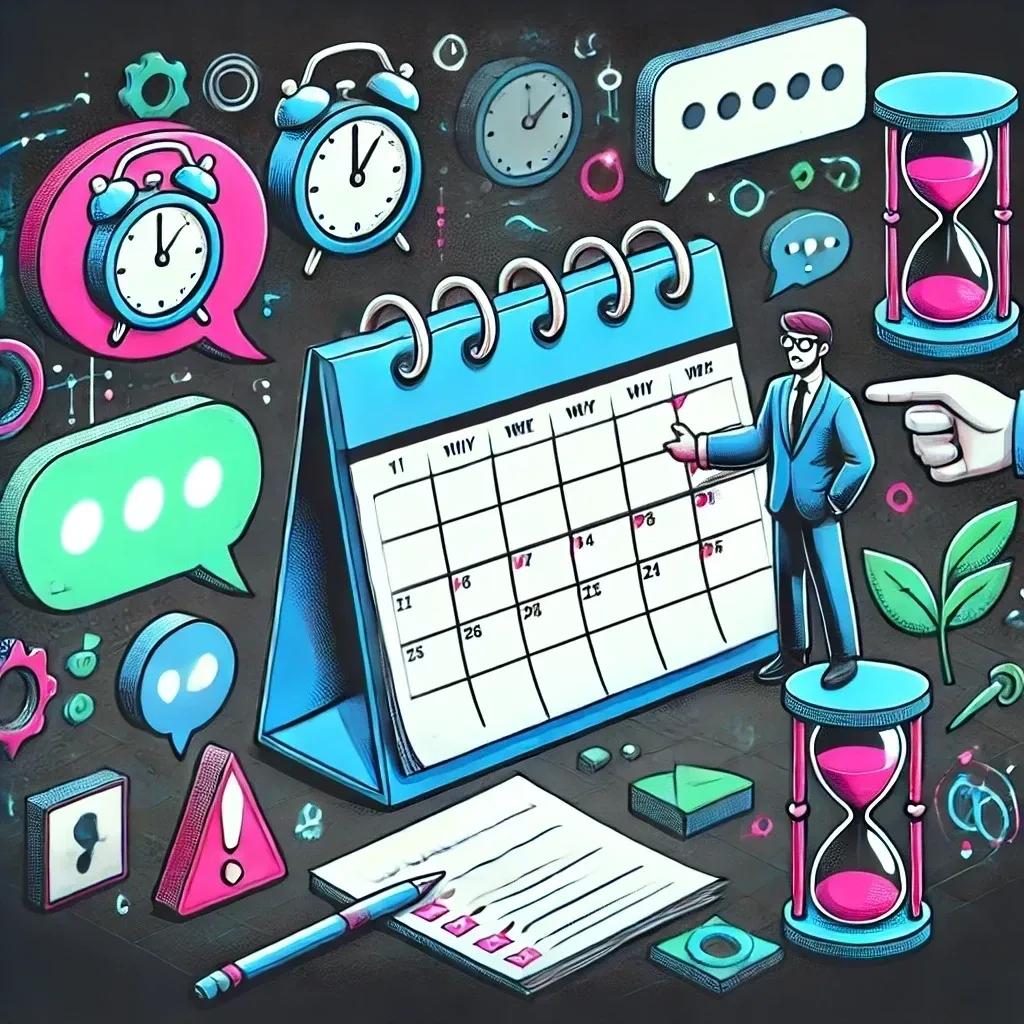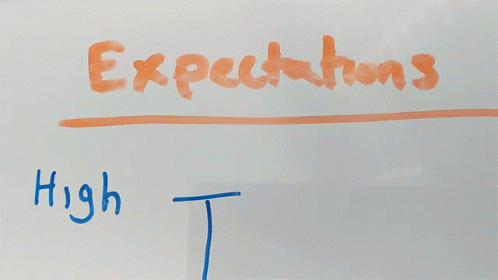Communicating Deadlines and Expectations
The importance of communicating deadlines and setting expectations for software teams.

If anything can make or break a project, it’s how well deadlines and expectations are communicated. We’ve all been there—stuck in the gray zone of an “urgent” task that no one actually defined, or worse, working on something with a “flexible” deadline that turns out not to be flexible at all. Communicating deadlines clearly—and setting realistic expectations—is crucial if you want to avoid last-minute chaos. In this article, we’ll cover how to communicate deadlines like a pro (or at least avoid setting everyone on fire).
Why Clear Deadlines and Expectations Matter
- Reduces Stress
Unclear deadlines are anxiety’s favorite breeding ground. If nobody knows when something is actually due, it’s a ticking time bomb waiting to go off. Clear deadlines eliminate the guesswork, so there are no awkward “Oh, wait, you meant today?” moments. Set expectations early, and you’ll avoid surprise panic attacks all around. Because trust me—no one likes those kinds of surprises. - Keeps Everyone on the Same Page
Misaligned expectations are like a broken GPS—they’ll take your project in all the wrong directions. One teammate thinks they have a month to finish a task, while another expects it by the end of the week. Cue confusion, frustration, and possibly some passive-aggressive Slack messages. Effective communication ensures everyone is moving toward the same goal at the same speed—and nobody’s left wondering what the heck is going on. - Builds Trust
Setting and meeting deadlines builds trust—it’s that simple. When people know they can rely on you to deliver what you promised, they’ll be more likely to trust you in the future. But miss deadlines (or change them without warning), and that trust evaporates faster than your patience in a status meeting that should’ve been an email. Clear communication is your secret weapon for building credibility and keeping that trust intact.

Tips for Communicating Deadlines and Expectations
- Be Specific
“Soon” and “ASAP” are not deadlines—they’re how projects end up spiraling into chaos. If you need something done by a specific date, say so. “End of day Friday” is way clearer than “sometime next week.” Also, be specific about what needs to be delivered, not just when. The more precise you are, the fewer excuses there will be for missing the mark. - Set Realistic Deadlines
Unrealistic deadlines are like New Year’s resolutions—bound to fail and stressful for everyone involved. Before you commit to a deadline, think about the scope, resources, and potential blockers. Unrealistic expectations lead to burnout, rushed work, and a lot of angry caffeine-fueled developers. Aim for deadlines that push the team without breaking them. You know—the kind that won’t make everyone want to quit and become alpaca farmers. - Use the Right Tools
Whether it’s a shared calendar, a project management tool, or a good old-fashioned email, make sure everyone knows where to find the important dates. Project management tools are invaluable for keeping deadlines visible, so nobody can pull the “I didn’t see it” excuse. Because let’s be honest—nobody wants to be the one who forgot something important. - Provide Context
People are far more motivated to hit deadlines when they know why they matter. If your team’s work is blocking another team, say so. Context helps people see the bigger picture and understand how their work contributes to the overall goal. Communicating complex ideas effectively means explaining both the “what” and the “why.” You’d be amazed how motivated people get when they know their work isn’t just busywork. - Follow Up
Setting a deadline once isn’t enough—especially for critical tasks. Follow up as the deadline approaches with gentle reminders. Think of it as being proactive, not annoying (or at least try to walk that fine line). A quick “Just a reminder, this is due by EOD tomorrow” can be the difference between everything running smoothly and you scrambling to patch things together at the last minute.
Conclusion
Communicating deadlines and expectations clearly is one of the easiest ways to keep projects on track and avoid unnecessary stress. Be specific, set realistic deadlines, and make sure everyone knows exactly what’s expected of them. Use the right tools, provide context, and follow up to keep everything on course. When deadlines are clear, projects run smoother, stress levels drop, and you’ll avoid those last-minute panic sessions nobody enjoys. And let’s face it—fewer panicked emails at 11 p.m. is a win for everyone involved.




